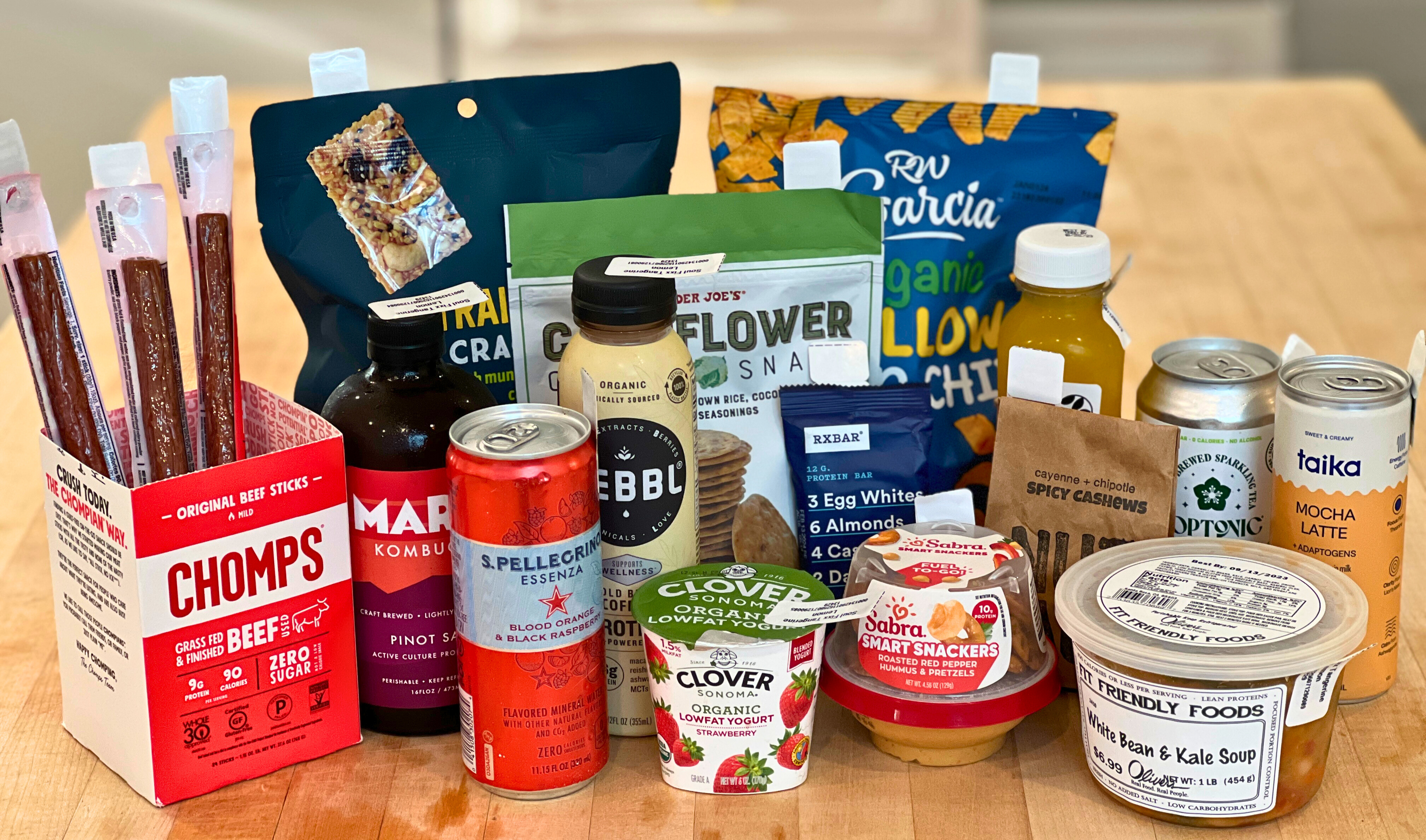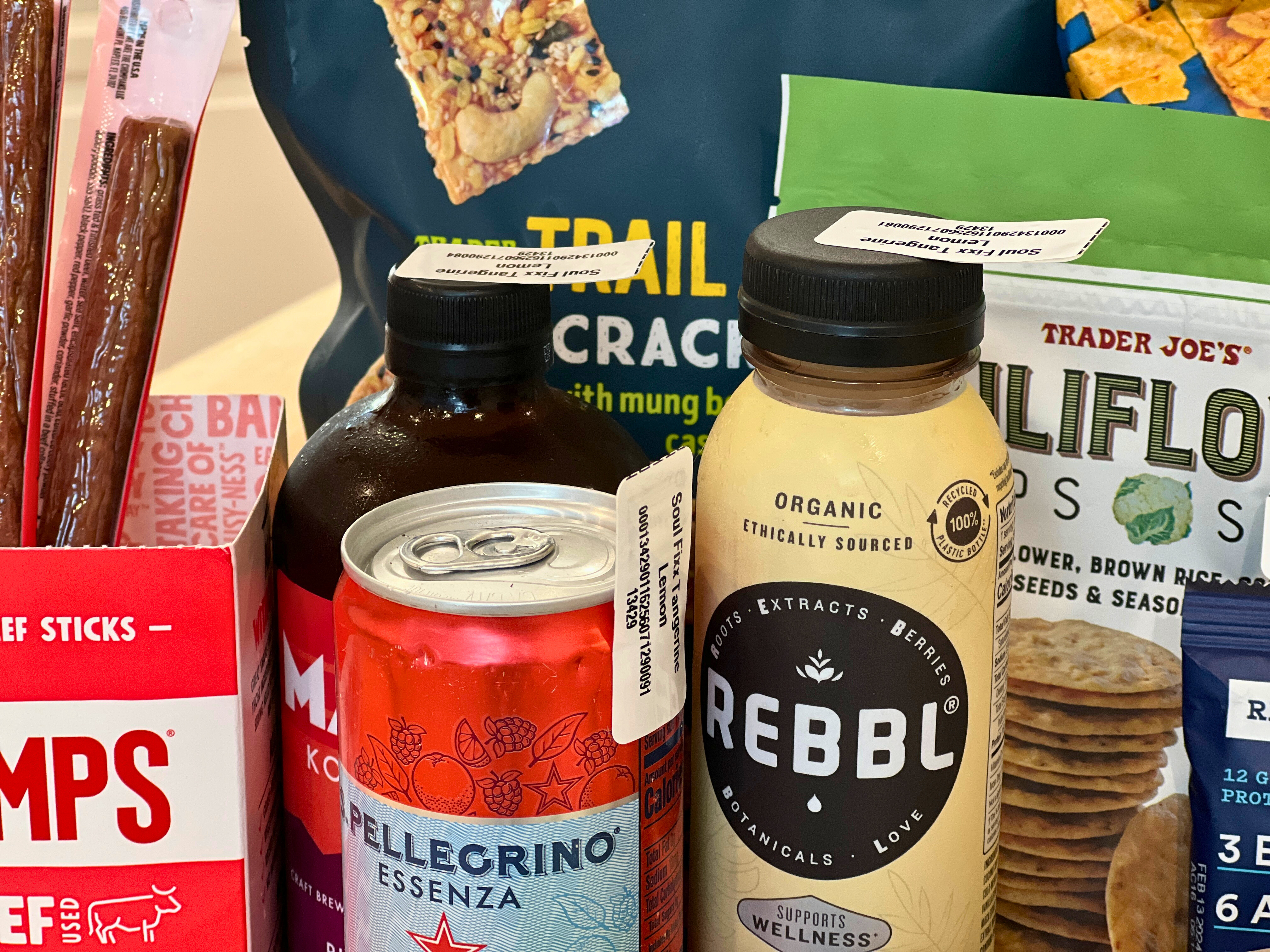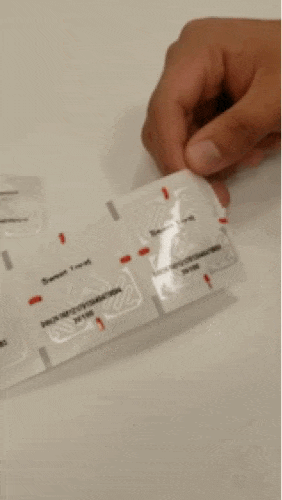Using the Dashboard
Summary
Stores
Stores Tab Overview
Stores > Status
Stores > Technical
Stores > General
Web Based Store Inventory / Online Menu
Download a Pick List for easy restocking
Stores > Restock
How To Set Pars
Sales Tax
What is a KID?
Stores > Discounts
Stores > Financial
Products
Export Lots as CSV
Products > Transactions
Delete/Undelete (or Archiving) a Product
How to repurpose tags
How to Bulk Import Products
Products Overview
Products > Tag Orders
Export EPC Inventory
Products > Inventory
Add a Product
Products > Details
Tags
Transactions
Understanding Transaction Preauthorization and Processing Times
Transaction status definitions
Transactions > Logs
Coupon Reporting
Transactions > Customer Emails
Edit the default preauthorization amount
How to adjust a transaction or process a refund
How to View Transactions & Transactions Overview
How to Export Transactions for Enhanced Sales Analysis
How to prevent mischarges
Feedback
Discounts
Discounts > Add a Happy Hour Discount
Discounts > Add a Standard Discount
Discounts Overview
Discounts > Creating Coupons
Discounts > Add a Shelf Life Discount
How to redeem a coupon
How to end a Discount
Financials
Settings
Getting Started
Remittances
Transactions included in a remittance
Remittance Processing Schedule
How do I provide my banking information?
Ordering Tags
Restocking Product
Setting Up Your New Store
How to restock a Byte store
Setting up your store to be NAMA-certified
Custom graphics install instructions
Branding your store
Setting up your Byte Technology store
How soon will I receive my store?
Standard Byte Store Specs
Tagging Best Practices
Tagging Frozen Food
Tagging drinks
Tagging Non-Perishable Products
Product tagging best practices
Tagging sandwiches, wraps, and burritos
Tagging snacks or soft packaging
Tagging soups or yogurts
Tagging salads & hard packaging
Are RFID tags microwave safe?
Merchandising best practices
Test and verify inventory
Tagging heatable entrees
Tagging aluminum cans and foil-lined products
Dashboard Onboarding | A self-guided training
1. Introduction to Byte Technology Dashboard
2. Overview of Summary Page + Navigation Bar
3. Stores Section Overview
4. Products Section Overview
5. Transactions Section Overview
6. Feedback
7. Discounts Section Overview
8. Financials Section
9. Settings
10. Congratulations
Campus Card Stores
Byte Store Dimensions/Store Types
Troubleshooting & FAQs
Connectivity
How to Install an OptConnect Cellular Device on a Byte Store
Ethernet setup and networking requirements
Transactions made while store is offline
How do I get a store back online?
Code 400C
Code 600
Code C
Code E
No IP / Red or Yellow Border
Code 200
Sending Remote Commands
Screen Issues
Store Temperature
🧊 Why Your Dashboard May Show a Higher Temperature or “Too Warm” Status
Adjusting the store temperature
Inventory
Antennas in the Byte Store - Where to Place Your Products
Customer Inquiry: Need Help With Your Transaction?
Code 400
Door Lock Issues
Open a CSV file in Excel or Google Sheets
How to Reach Support
Combatting Theft With Your Byte Store
Error Codes: Out of Service Troubleshooting Guide
- All Categories
- Getting Started
- Tagging Best Practices
- Product tagging best practices
Product tagging best practices
Byte Technology stores use RFID to understand what products are in inventory. Each shelf within a store has two antennae. These antennae interact with the RFID tags that are placed on each product, telling the store what is in inventory - and knowing what was purchased by a customer.
To ensure inventory is read, it's important that products be properly tagged and merchandised in a store.
Tag Types
There are four tag types, and you should order the appropriate type based on the product the tag will go on.
Products should use the appropriate tag type based on characteristics such as packaging, product contents, and whether the tag will be microwaved.
Use a Regular Tag unless:
- The tag will be microwaved, in which case use a Microwave Safe Tag
- The tag will be on a drink or liquid-laden product, in which case use a Drink Flag Tag
- The tag will be applied on metal or foil-lined packaging, in which case use a Metal Flag Tag


Transparent Tags
To improve adhesive and lower tampering, Byte Technology is proud to introduce transparent tags for our flag tags and regular tags.

Keep in mind that the transparent regular tags are a little more delicate to take off than the previous tags but this protects you from tag tampering. If you pull the tag from the areas with the red marks, it will rip easily. You will need to pull from the edges delicately.

Best Practices
There are a few best practices for tagging products:
- Antennas read RFID tags from above, so the tag should be placed toward the top of the product. Place the RFID tag on top of a lid facing up or at the top edge of the product. For drinks, place the tag on the bottle top to ensure the chip within the tag is up and away from any metal or liquid. Merchandise products with labels face up for better reading by RFID antennae.
- Tags should never be folded in half except the fold on the Metal and Drink Flag Tags.
- Tags should never be reused after they've been stocked in a store.
- Tags should never touch one another, as this can cause a tag to be not seen by a store's antennae
- Do not stack liquids